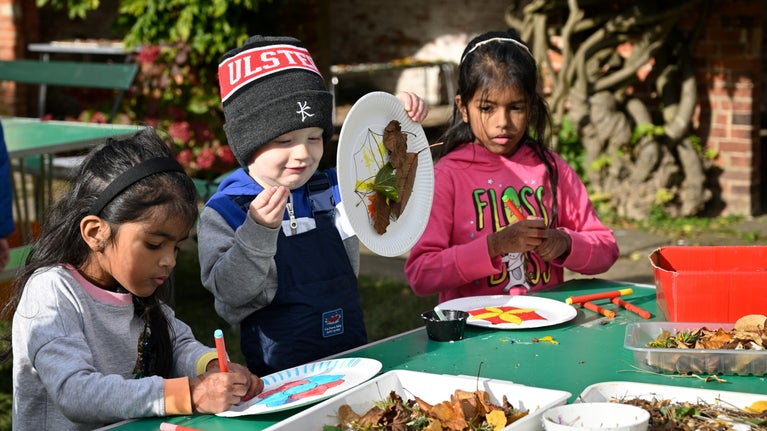
More craft activities
Discover more fun craft activities to keep you occupied all through the year.

Bees are an important sign of a healthy ecology. Bee populations have been dwindling in recent years and building homes is just one way of encouraging them to stick around. Follow the steps below to build your own nesting box to attract bees to your garden.
Don't forget to ask for an adult's help before using tools or equipment.

Discover more fun craft activities to keep you occupied all through the year.

If you’d like to see more birds in your outdoor space, discover how you can make a simple bird feeder with just a few items and ingredients.

Encourage birds to visit your garden or outdoor space throughout winter and early spring by making these nourishing fat cakes. They're also a great way to make use of your food scraps and yoghurt pots.

Discover how to make your own wildflower seed balls to add some colour to the garden with this step-by-step guide.